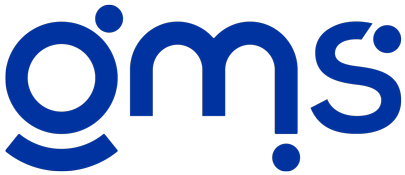THREE BENEFICIAL THINGS TO REMEMBER WHEN SELECTING ANY SOFTWARE PROVIDER
 1) Take assessment of your teams experience level.Most organizations have employees with a myriad of experience levels within a specific job function. I can remember my first software company job, I felt like a fish out of water especially since I lead a team of sales representatives who knew a lot more than I did about the technology.
1) Take assessment of your teams experience level.Most organizations have employees with a myriad of experience levels within a specific job function. I can remember my first software company job, I felt like a fish out of water especially since I lead a team of sales representatives who knew a lot more than I did about the technology.However, I was determined to learn all I could in order to be as effective at my function as possible, but there was always more to learn as our product development team consistently worked to add new features.
Within any organization, it is important that leaders and managers implement pathways for those with more experience to teach those with little or no experience. It is equally important for those with little or no experience, to help the more experienced to see things differently. Having varying experience levels can be positive when there are opportunities for everyone to learn from each other.
In addition, varying experience levels come in handy when purchasing new software, because in some cases, those with the least amount of experience can look at the implementation or decision to purchase particular software with a fresh set of eyes and not be biased to one provider or another in order to determine the best fit long-term.
2) Communicate at all levels.
So you and your executives have decided that changing software systems is a good idea. You have done your due diligence and as a group have decided which provider to move forward with, but there is one thing you have not done and that is include your entire team. You’ve been so busy making sure that it’s the right fit that you forgot to communicate your decision to everyone who might be impacted.
Well, don’t worry, now is the time to possibly arrange a brief staff meeting or maybe a lunch and learn with your entire team to give background on the provider you’ve selected, the benefit it will bring to your organization, and cost savings it will provide the company as a whole.
Often times, people can work in silos without even knowing that they’re doing so, which is why it is important to keep it at top of mind to periodically inform employees of changes. Let’s remember that most people don’t like change and we are creatures of habit, so even the slightest change could result in confusion and headache for you and your team, if you are not on the same page.
3) Don’t Solely Let Price Rule Your Decision
Your budget will play a large role in which provider you choose, but choosing the wrong provider will cost you more.
With many software provider options out there, there are varying price models based on varying offerings. Many software providers offer basic services and then additional costs for add-ons. However, there are software providers that sell their complete system which often can be priced at a higher cost and is definitely an option, if that’s what is needed.
If you don’t need all the functions that a complete system would provide, then an all-inclusive solution may not be the best option cost-wise for your organization. No one likes to pay for services they don’t use.
Purchasing a system that has the option for add-ons or upgrades is a great feature if you are on a budget, but need a solution that completes all your current tasks. When choosing, make sure the provider does have the option for future upgrades or add-ons. In addition, it is always good to know how the provider handles individual requests for upgrades that are not currently an option.



